CURE ALL OR SNAKE OIL?
Many Uses for Marigold
Gardeners who visit here frequently comment, upon seeing marigold plants growing in and at the foot of my vegetable beds, that I must have planted them for pest control. After all, marigolds are supposed to be one of the workhorses of biological pest control. Plant them and plant pests will be killed or — if they are lucky — merely repelled.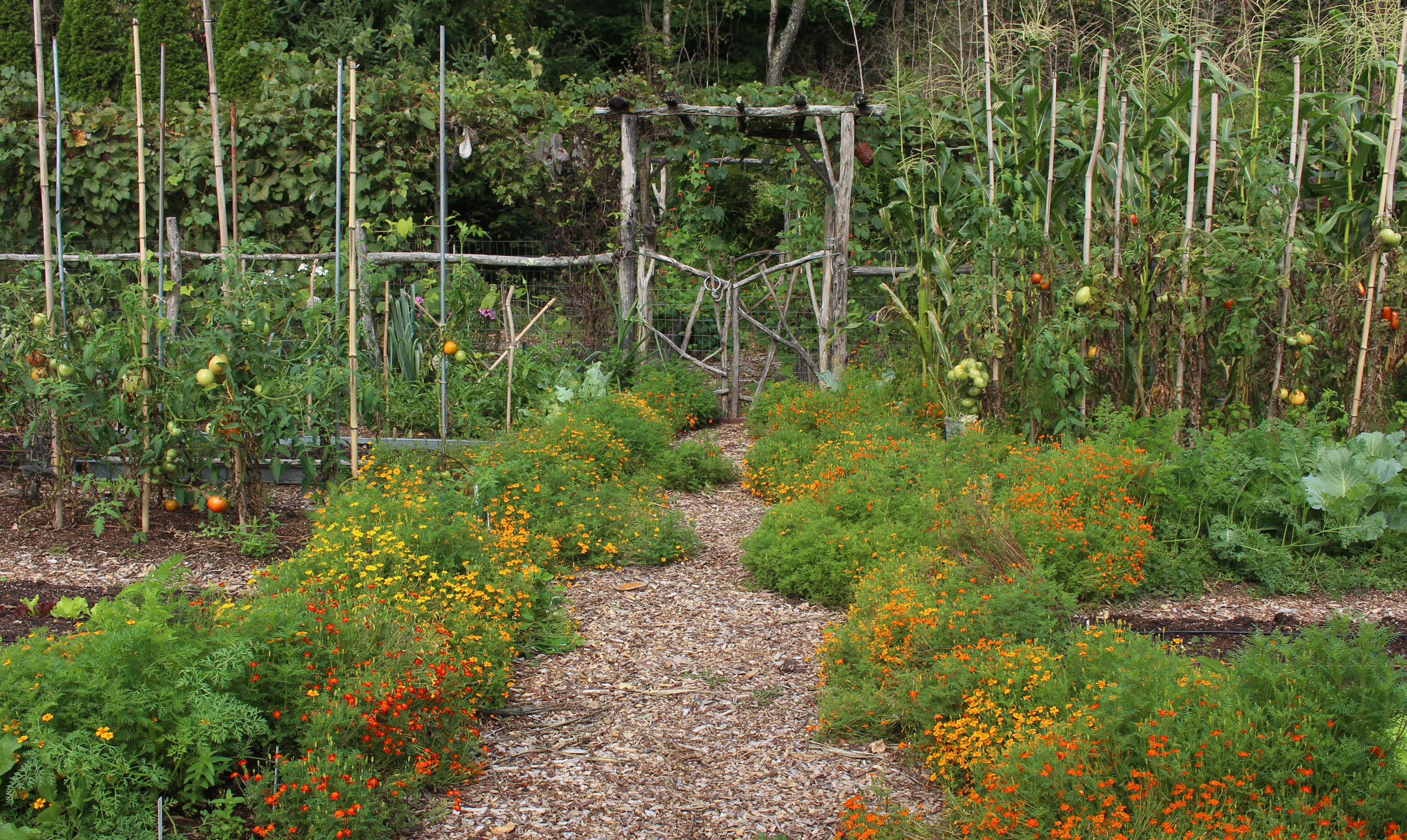
It’s an appealing concept: sunny plants that thwart pestilence and blight even as they brighten the garden with their blossoms. Marigolds greatest claim to pest control fame is their effect on nematodes, an effect documented in numerous scientific studies. Marigolds, like other members of the daisy family, also do their share in feeding nectar to beneficial insects, such as syrphid flies, who prey on aphids and other insects that attack our garden plants. Members of the daisy family do not yield nearly as much nectar as flowers of the parsley family — dill, for instance — but daisy nectar flows for a longer period.
Other beneficial effects of marigolds are less dramatic or useful. They have been shown to have some slight effect in repelling cabbageworms from cabbage and their kin. And some marigolds, especially a variety of Tagetes minuta, called Stinking Roger, repel flies, but the kind that bother cows and other domestic animals, not plants. The strong smell is reviled by some humans, liked by others. In Peru, where the plant is native, it’s the ingredient in pesto-like Huacatay sauce, served over ocopa, a traditional Peruvian dish of boiled eggs and potatoes. In some regions, it’s considered an invasive weed.
Read and listen to claims made for marigold, and you also could press it into service as a fungus killer, an insect killer, even as a selective weed killer.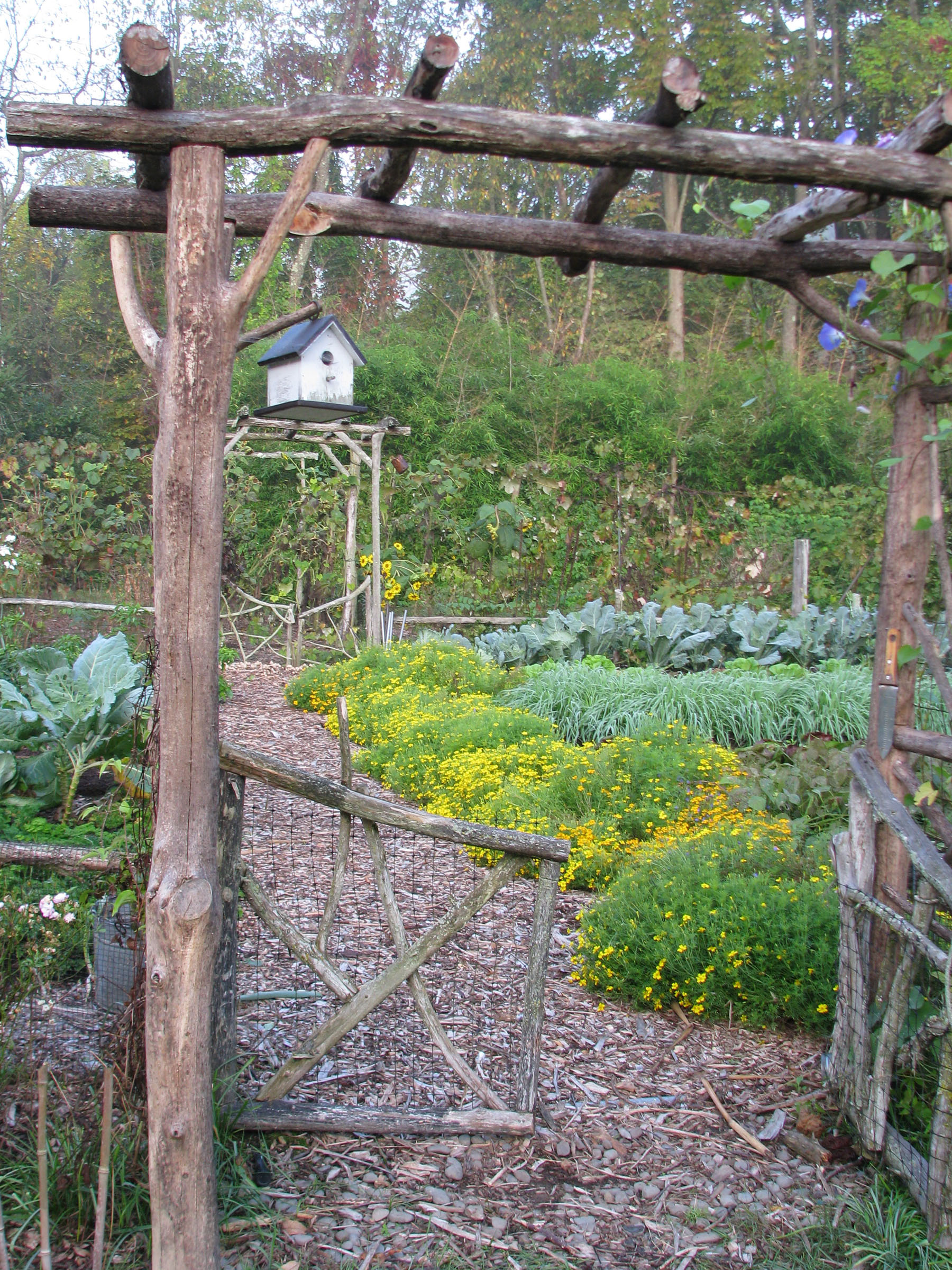
Wait a Second!
Hold on a second before you blanket your garden in marigolds. Some of the claims have been blown out of proportion. Those marigolds that helped repel cabbage worms: They also stole water and nutrients from nearby cabbages. So which is better? Stunted cabbages, or those with some leaves lacy from worm feeding?
I have no further details about a claim made that marigolds inhibit “underground slugs,” whatever they are, but I do know that marigolds, especially the Gem varieties, are a favorite food of the slimy slugs I do see. 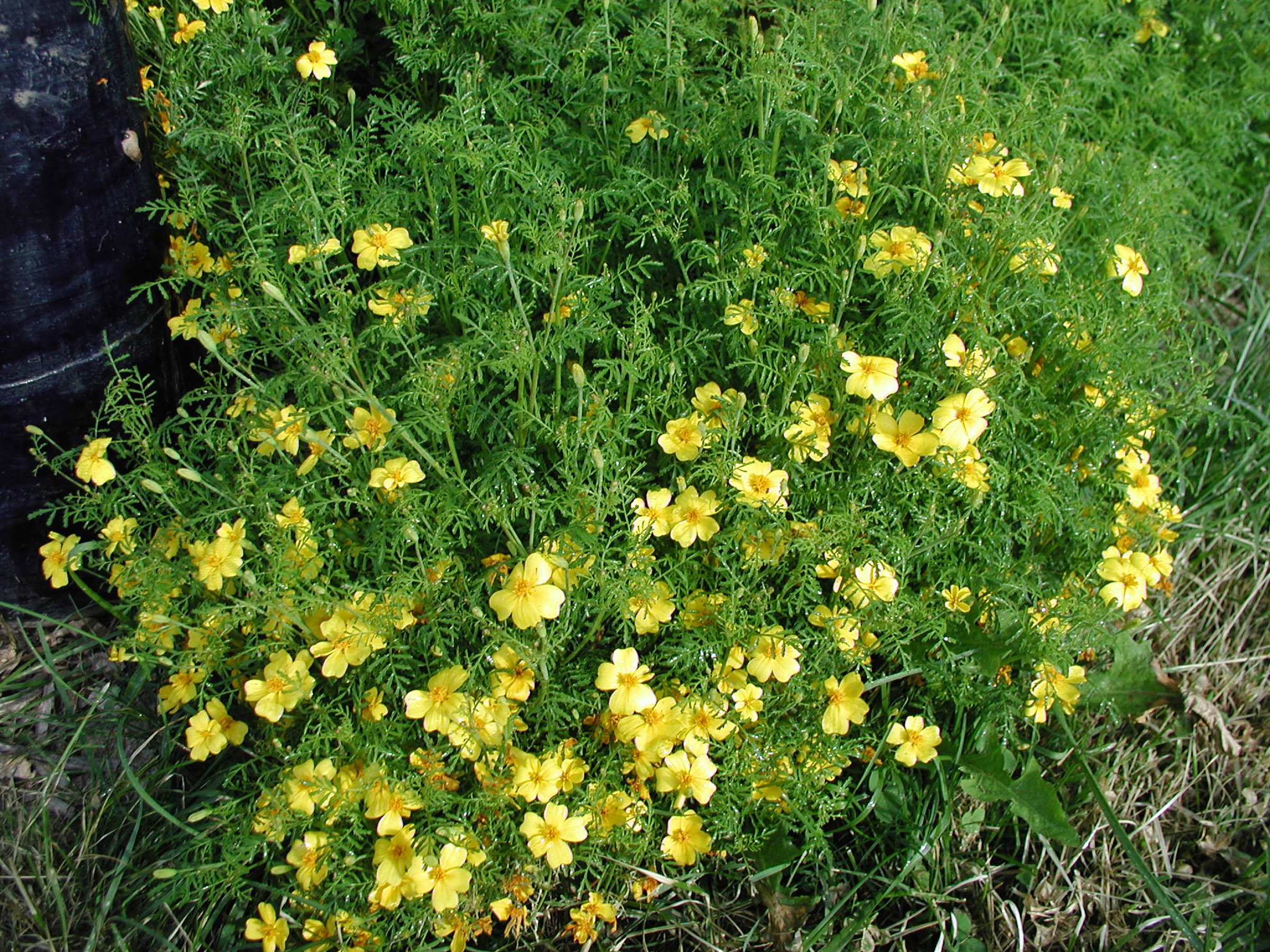 Actually, marigolds are also a favorite food of Japanese beetles. As such, they have been used to stop Japanese beetle damage — by attracting the beetles away from other garden plants!
Actually, marigolds are also a favorite food of Japanese beetles. As such, they have been used to stop Japanese beetle damage — by attracting the beetles away from other garden plants!
Perhaps you should blanket your garden with marigolds, because that’s how you have to plant them for some of their pest controlling benefits. British studies showed that African marigolds killed weeds such as ground ivy and bindweed, but the marigolds were planted densely and early in the season, then allowed to grow five feet tall. Might not any tall, dense growth do the same? Similarly, marigolds suppress nematodes only when the marigolds are grown as a cover crop, that is, planted thickly and allowed to grow for many weeks.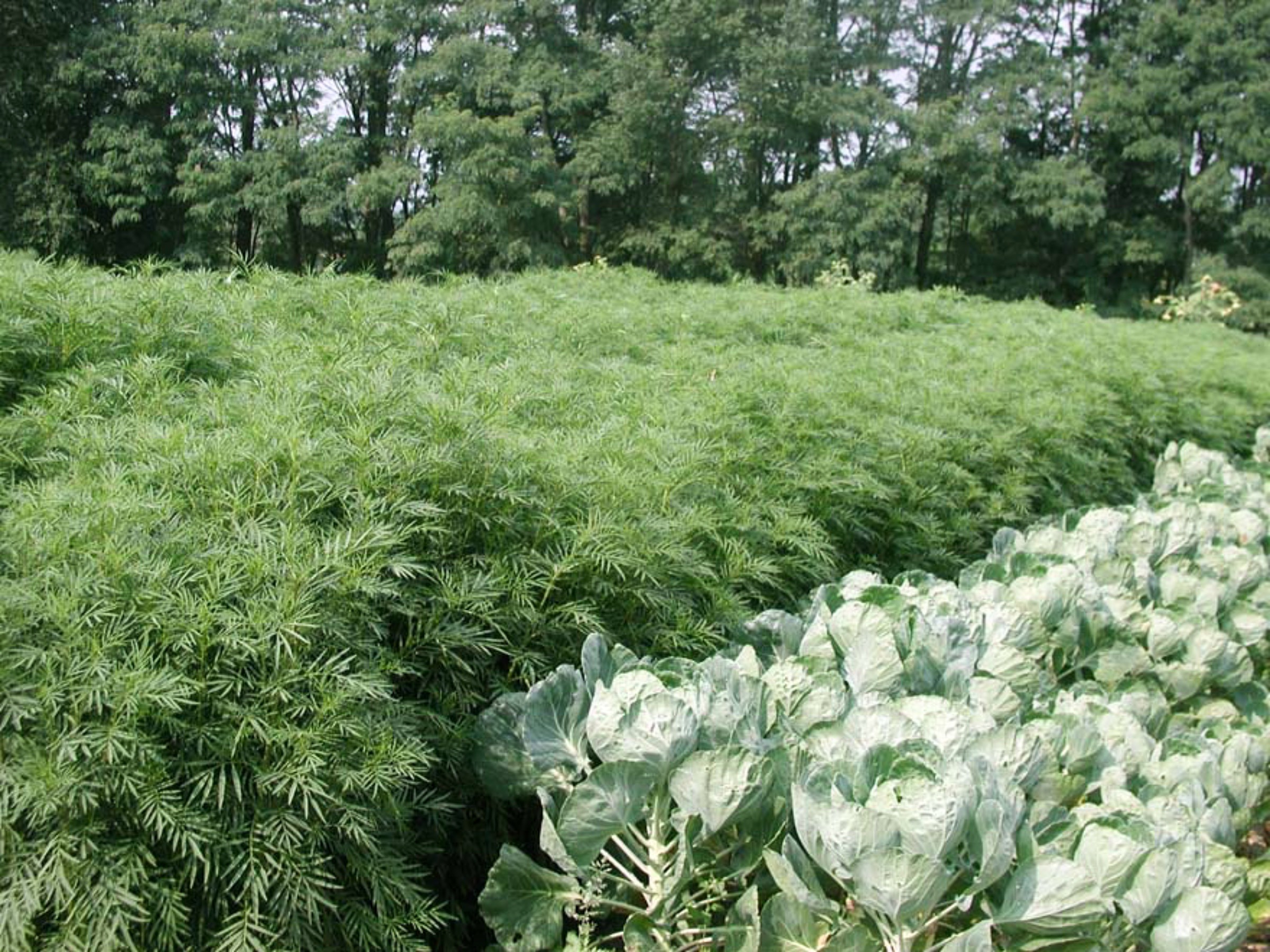
And the Verdict Is
To sum up, then, marigolds seem to have little actual benefit in suppressing disease and above ground insect pests, except perhaps to woo certain insects away from other plants. Be wary of such claims as, “I planted marigolds in my bean patch and did not have any Mexican bean beetles to speak of, while my neighbor’s bean plants were devoured by the beetles.” I read this testimonial in a gardening magazine. Was this gardener growing the same bean variety as her neighbor; were soil conditions the same; did she, perhaps, forget about the insecticide she also sprayed? It happens.
Below ground, marigolds do have some benefit — on nematodes, at least. However, as I wrote, you do have to plant masses of marigolds to get this benefit, and, anyway, few gardens here in the Northeast have nematode problems.
So why are those marigolds in my vegetable beds, then? ‘Cause they look pretty.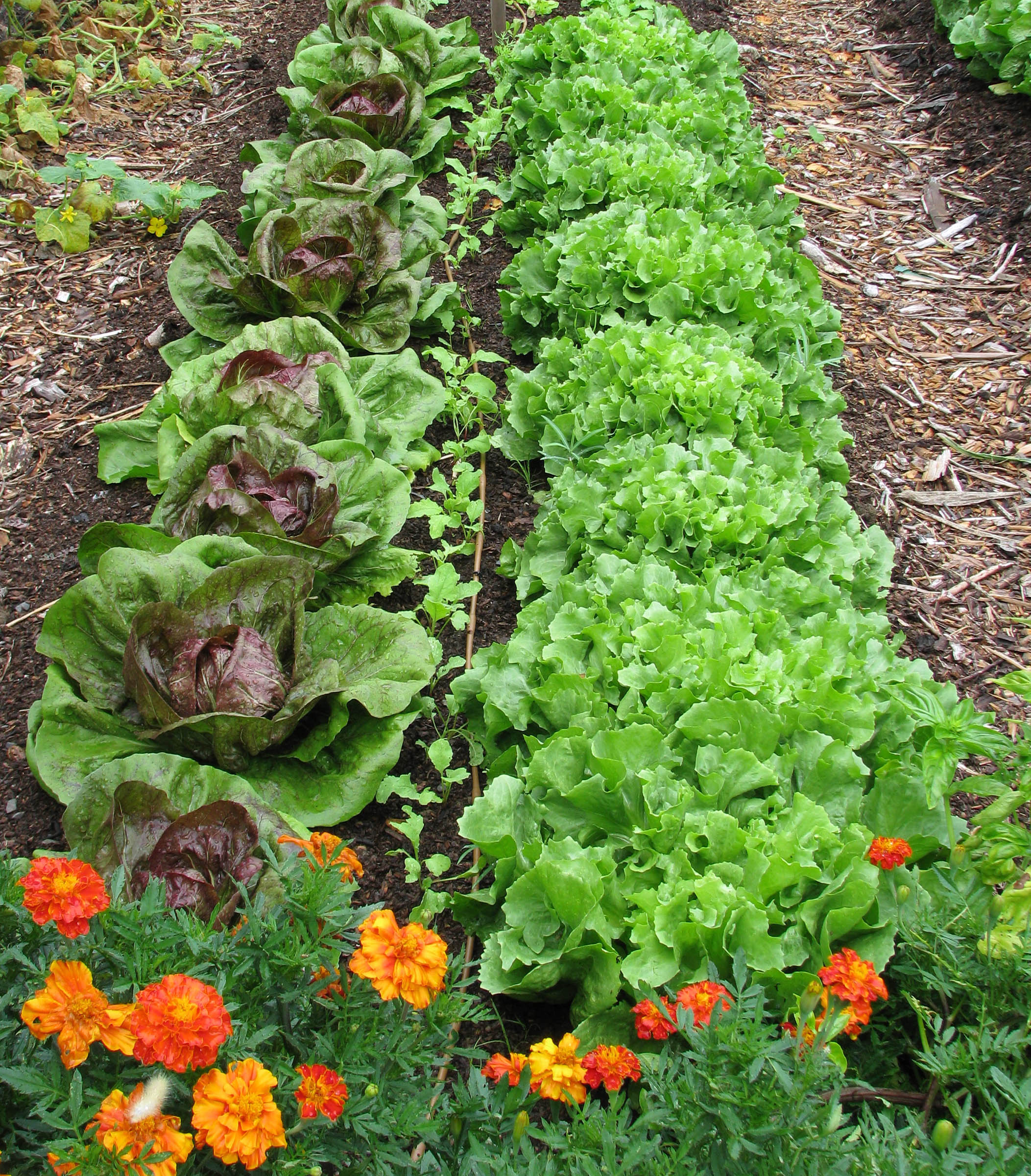



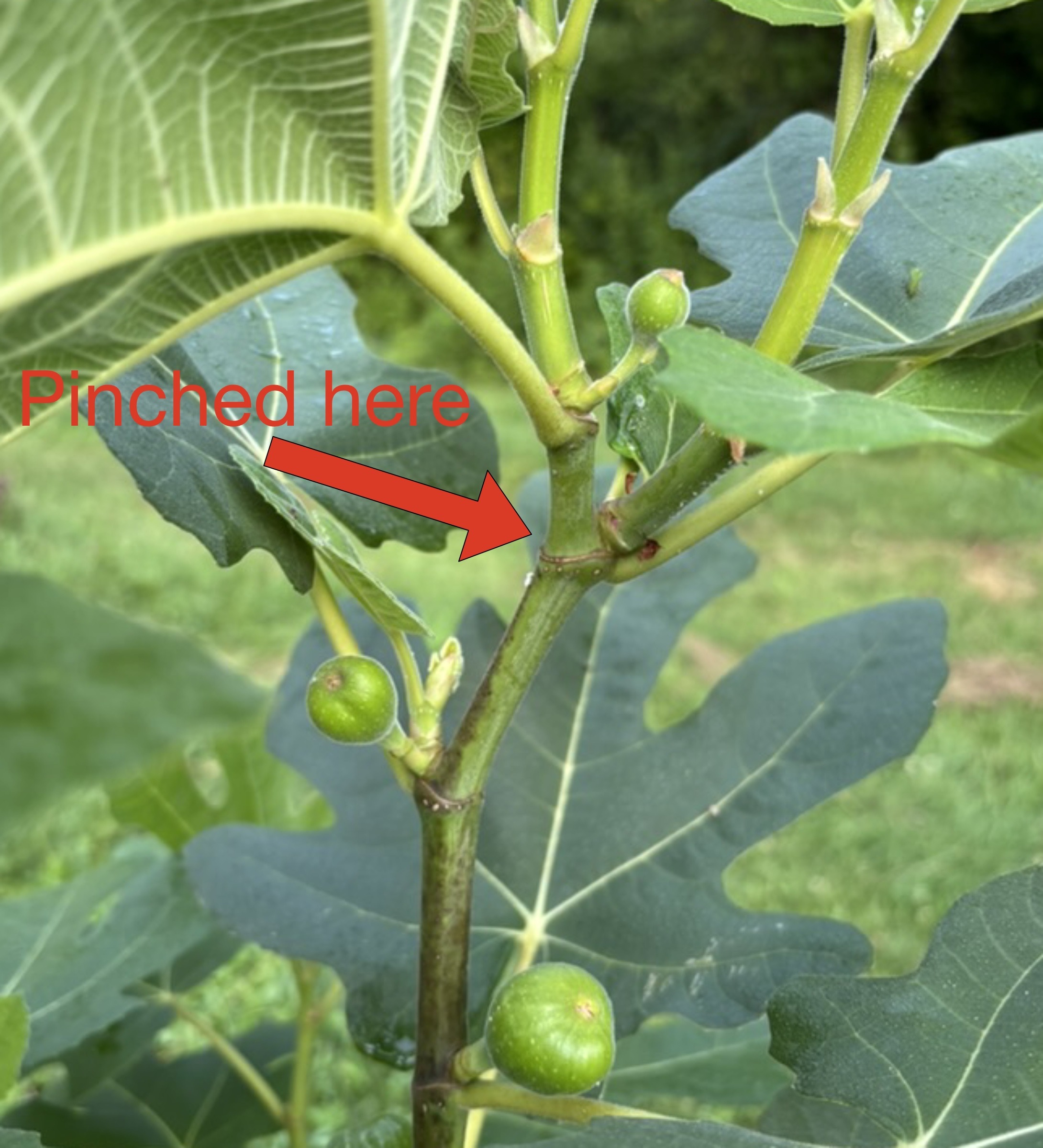
I use marigolds in the raised beds – said to attract pollinators. Have yet to see a bee in one. But they do add color. Japanese beetles are currently voraciously feeding on the Virginia creeper at the back of the property and not bothering other plants so much yet. There is plenty there to whet their appetite so fingers crossed!
Originally, there were no Japanese beetles here on the farmden. After some years, there numbers built up. And up. I sort of gave up on them. Then, one year a few early ones showed up as usual. Then they went away, and the beetles have never again been a serious problem. All doe to nothing I consciously did. Hope you have the same luck.
Excellent! I also love a few pretty flowers woven through my vegetable garden.